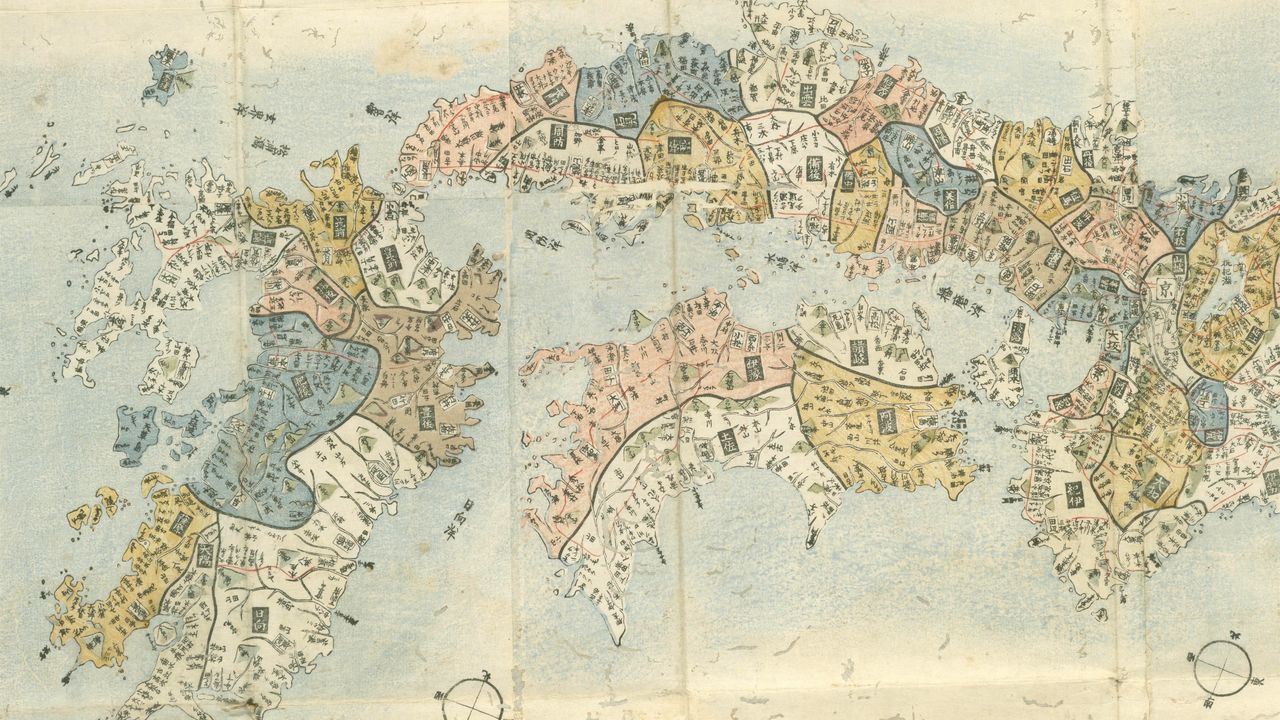
Wealthy Western Domains in the Edo Period
History Economy- English
- 日本語
- 简体字
- 繁體字
- Français
- Español
- العربية
- Русский
Japan’s five richest domains in the Edo period (1603–1868) included Kaga in what is now Ishikawa Prefecture and Satsuma (Kagoshima Prefecture), which was the wealthiest in western Japan.
The next richest five domains, rounding out the top 10, were all in the west of the country and ruled by tozama daimyō, those leaders who only submitted to Tokugawa Ieyasu after he secured control of the country in the Battle of Sekigahara in 1600, or shortly before. Although such daimyō were considered low-ranking outsiders, based far from Edo (now Tokyo), there were several wealthy domains.
The koku was a measurement used in estimating a domains’ economic scale and was equivalent to around 180 liters of rice, or ¥300,000 in today’s terms according to calculations in Edo no kakeibo [Edo Account Books], edited by Isoda Michifumi. It was also a rough measure for the amount of rice one adult would eat each year.
6. Hosokawa clan, Kumamoto domain: 540,000 koku (¥162.0 billion), tozama
Hosokawa Tadaoki fought alongside Tokugawa Ieyasu at the Battle of Sekigahara and was awarded the small Kokura domain (now Fukuoka Prefecture) in Kyūshū. His son Tadatoshi married Ieyasu’s Chiyohime, strengthening ties with the ruling family.
In 1632, punishment of another Kyūshū daimyō in the Katō clan and reallocation of his land to Tadatoshi brought an increase to 540,000 koku—this larger domain was roughly equivalent to today’s Kumamoto Prefecture. Appointment of agricultural administrators boosted output, particularly sweet potatoes grown in the fertile volcanic soil of Mount Aso.
Although the domain no longer exists, the current head of the clan is Hosokawa Morihiro, who was prime minister of Japan from 1993 to 1994.
7. Kuroda clan, Fukuoka domain: 473,000 koku (¥141.9 billion), tozama
Kuroda Nagamasa established the Fukuoka domain (now Fukuoka Prefecture) after territory was awarded to him for helping to bring over the daimyō Kobayakawa Hideaki to Ieyasu’s side at the Battle of Sekigahara. The leader Kuroda Tsugutaka is remembered for measures to alleviate poverty and rebuild domain finances after the Kyōhō Famine from 1732, as well as his support for nō theater.
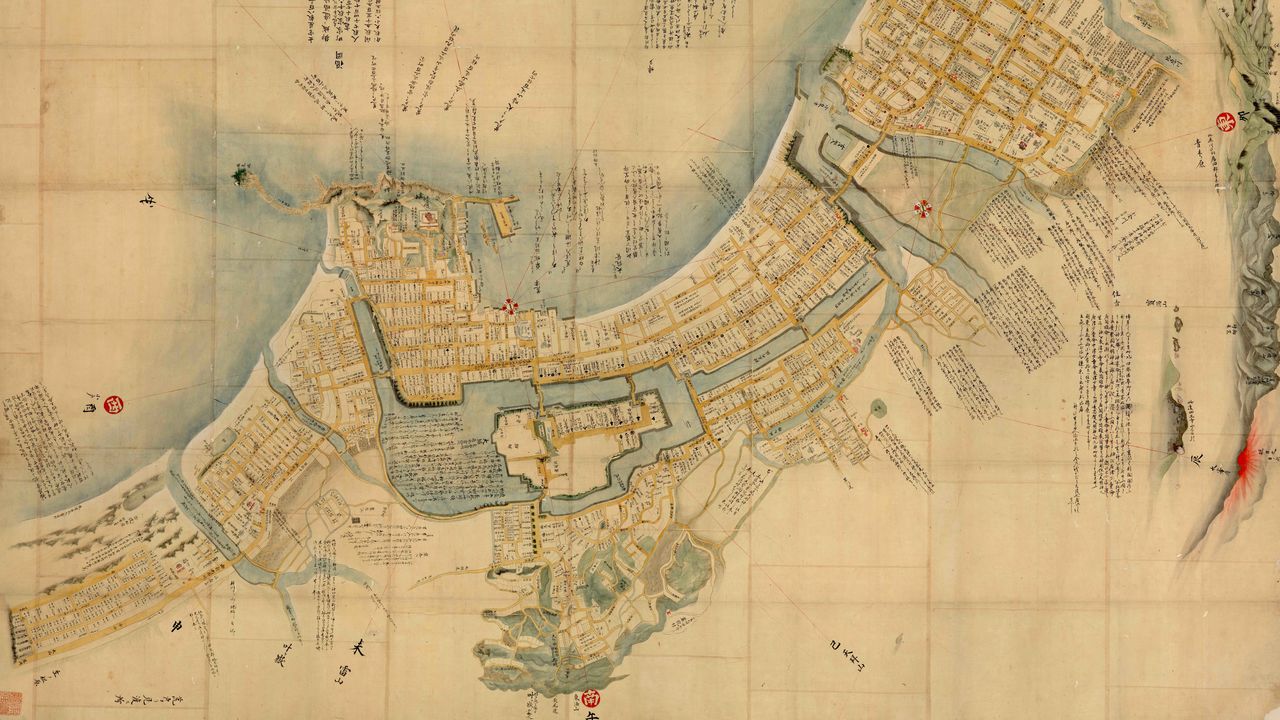
A map of Fukuoka in the early nineteenth century shows the castle town close to the sea, suggesting burgeoning trade. (Courtesy Kyūshū University Library)
8. Asano clan, Hiroshima domain: 426,000 koku (¥127.8 billion), tozama
The Hiroshima domain (now Hiroshima Prefecture) was ruled from 1619 by the Asano clan after the daimyō Fukushima Masanori was demoted for such offenses as making unauthorized repairs to his castle. Asano Nagaakira built up the economy through employing skilled administrators and making profits in the rice markets.
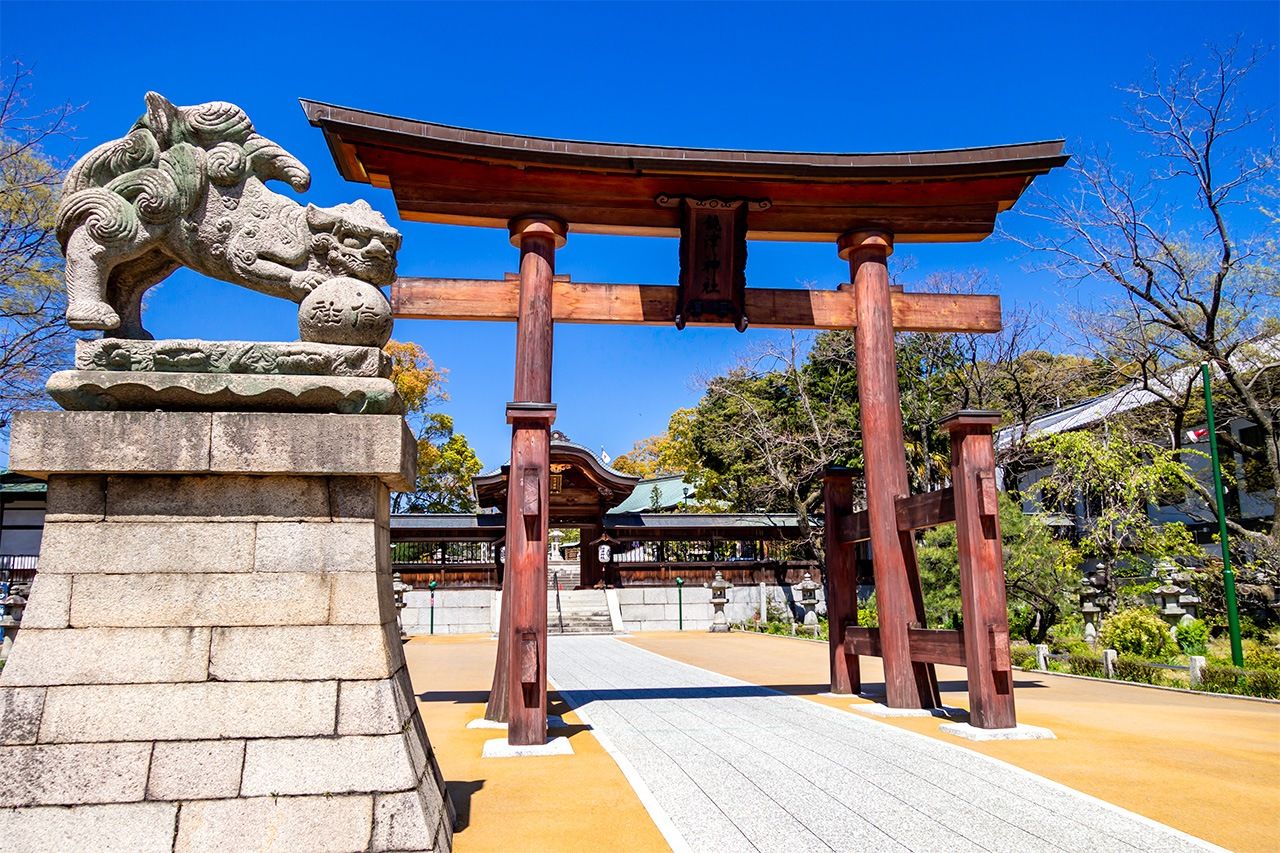
Father and son Asano Nagamasa and Nagaakira are enshrined at Nigitsu Shrine in Hiroshima. (&© Pixta)
9. Mōri clan, Chōshū domain: 369,000 koku (¥110.7 billion), tozama
The Chōshū domain was ruled by the Mōri clan, which had dominated the Chūgoku region in western Japan under Mōri Motonari in the sixteenth century. As Motonari’s grandson nominally lined up on the opposite side to Ieyasu at the Battle of Sekigahara, his territory was reduced to the Chōshū domain (now Yamaguchi Prefecture).
The domain worked hard to reduce the expense of traveling to Edo under the sankin kōtai system, and to settle its debts. In the eighteenth century, it became richer through the development of new rice fields, construction of ports, and making loans to shipping companies operating on the Seto Inland Sea. The domain was known for its production of rice, salt, paper, and wax.
It became a major opponent of the shogunate in the years leading up to the Meiji Restoration.
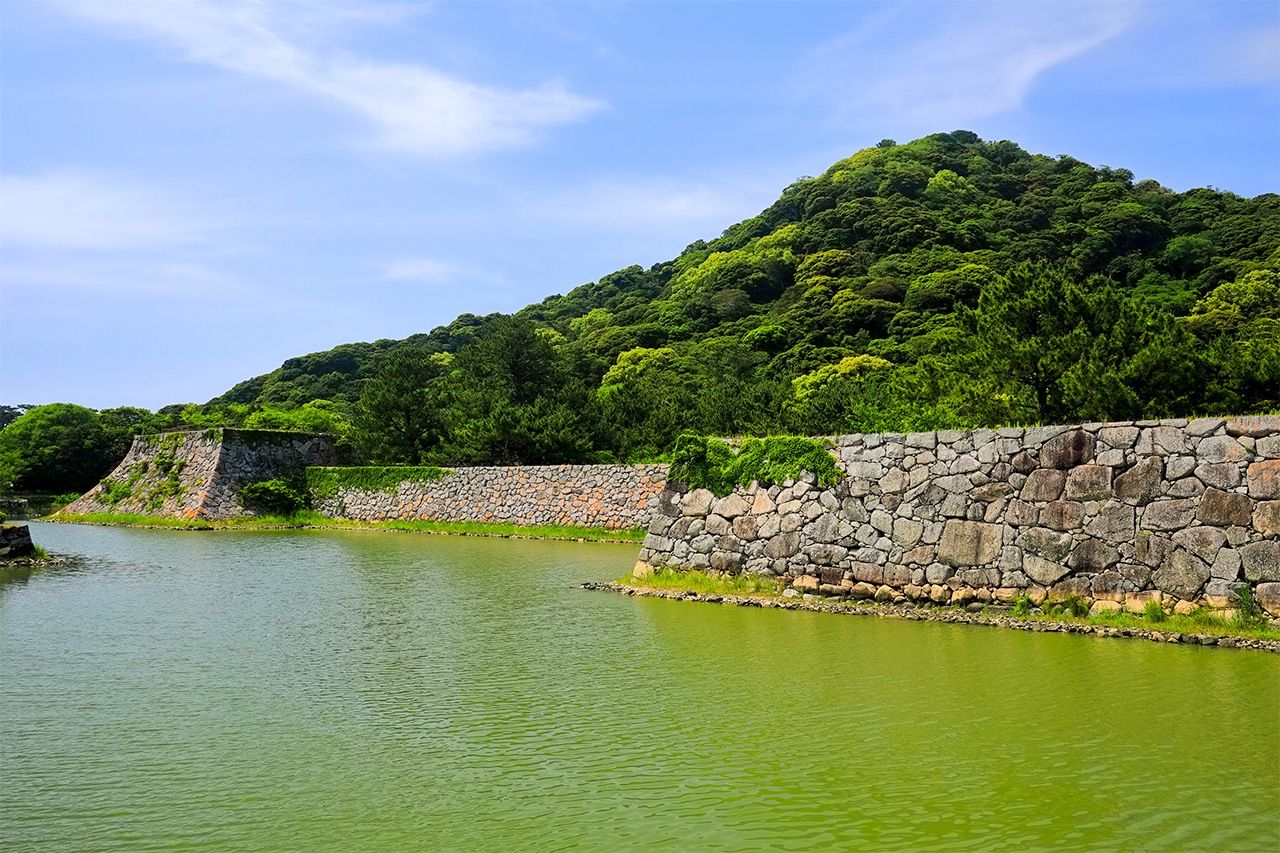
The ruins of Hagi Castle in Hagi, Yamaguchi Prefecture, which was the seat of the Chōshū domain. (&© Pixta)
10. Nabeshima clan, Saga domain: 357,000 koku (¥107.1 billion), tozama
Saga domain (now Saga Prefecture) made great leaps from the mid-nineteenth century under Nabeshima Naomasa, with a reduction in the number of government officials and its industry boosted by coal mining. Naomasa was open to Western influences and technologies and the domain constructed reverberatory furnaces and a steamship, as well as boosted its military with the latest Armstrong guns imported from Britain.
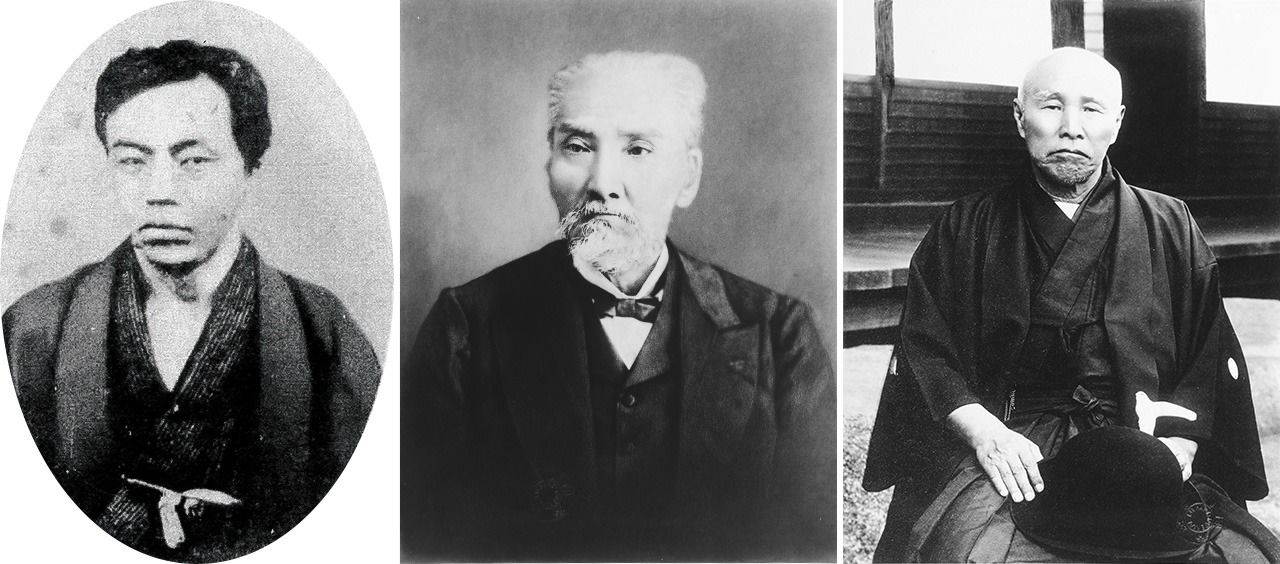
The Saga domain school Kōdōkan had distinguished alumni who became important leaders in the Meiji period (1868–1912). From left: Etō Shinpei, Soejima Taniomi, and Ōkuma Shigenobu, who was twice prime minister. (Courtesy National Diet Library)
(Originally published in Japanese on June 22, 2023. Banner image: The western part of Dainihonkoku zenzu (Complete Map of Japanese Domains), which includes all of the domains in this article.)